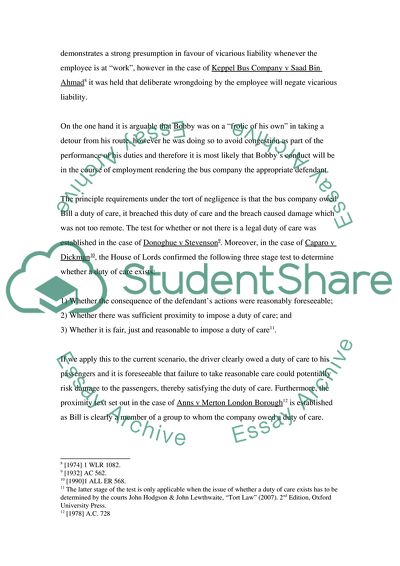Cite this document
(The Application of the Law of TORT Assignment Example | Topics and Well Written Essays - 1500 words, n.d.)
The Application of the Law of TORT Assignment Example | Topics and Well Written Essays - 1500 words. https://studentshare.org/law/1721722-law-of-tort
The Application of the Law of TORT Assignment Example | Topics and Well Written Essays - 1500 words. https://studentshare.org/law/1721722-law-of-tort
(The Application of the Law of TORT Assignment Example | Topics and Well Written Essays - 1500 Words)
The Application of the Law of TORT Assignment Example | Topics and Well Written Essays - 1500 Words. https://studentshare.org/law/1721722-law-of-tort.
The Application of the Law of TORT Assignment Example | Topics and Well Written Essays - 1500 Words. https://studentshare.org/law/1721722-law-of-tort.
“The Application of the Law of TORT Assignment Example | Topics and Well Written Essays - 1500 Words”. https://studentshare.org/law/1721722-law-of-tort.


